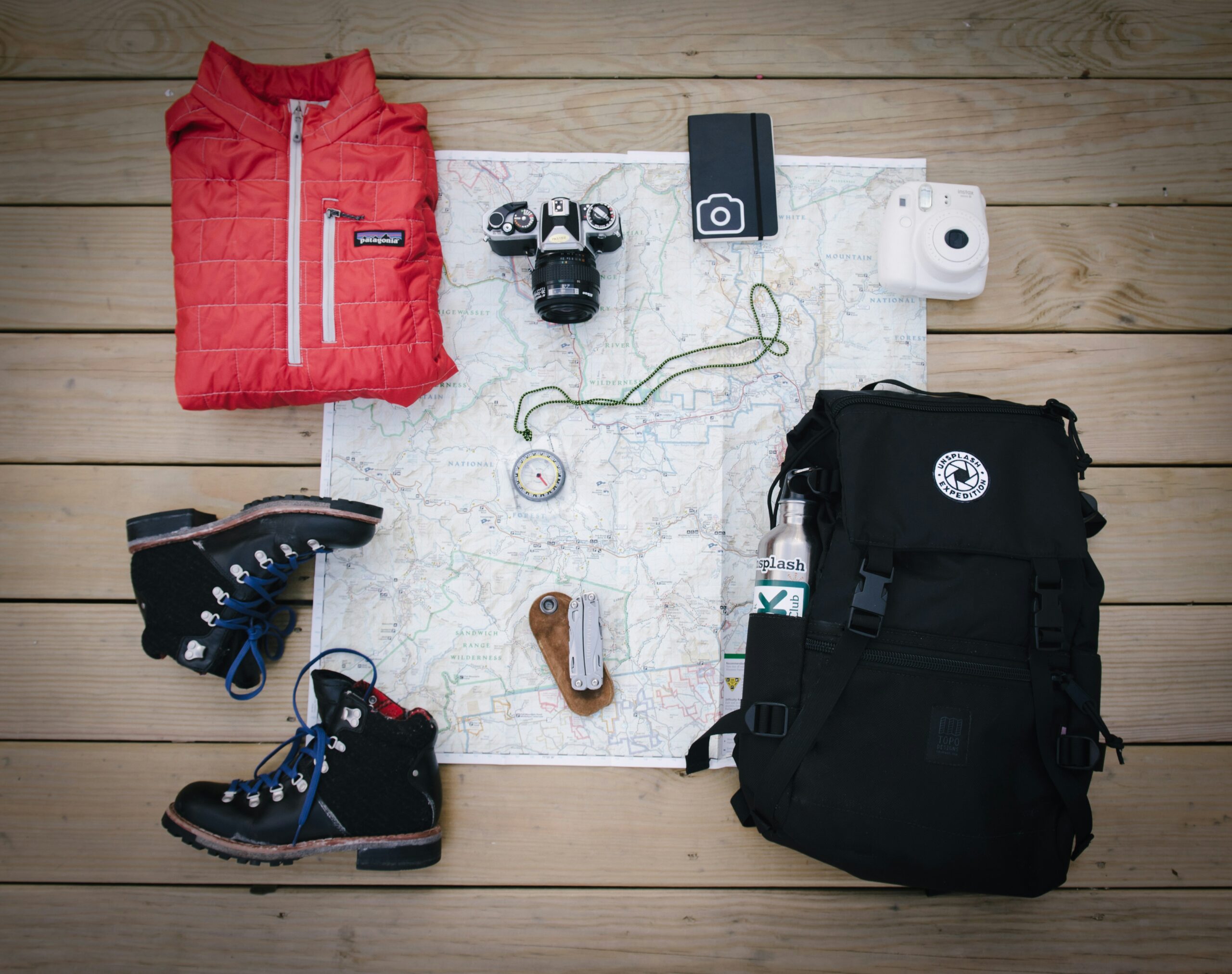
 0
0 
There is a degree of danger in outdoor adventures, explicit right there in the term “adventure.” Sometimes, these experiences can get out of control, or an accident can happen. Whether it’s expected or not, you’ll need to know how to handle it.
If you’re going hiking in August, you’ll know in advance that sunburns and dehydration are likely threats. You can take the necessary precautions ahead of time by applying sunscreen and making sure you have plenty of water.
There are also plenty of threats you don’t know whether you’ll face or not. This could be everything from a surprise storm to slipping on loose rocks or even encountering a momma bear and her cubs. These unknown risks are plentiful, which makes them much more difficult to plan for. But there are still precautions you can take to protect yourself from the unexpected. Some are simple, like telling a friend where you’re hiking and to call for help if they don’t hear from you by sunset. Or if you know you’re camping or visiting an area with bears or other potentially dangerous wildlife, you can bring a pump action shotgun to protect yourself.
Even though it sounds like an oxymoron, you can and should prepare for the unexpected. Consider when and where you’re going, and try to stock up on the supplies you’d need based on the challenges you’re most likely to face. Some examples include:
The combination of equipment and knowledge is powerful and can mitigate many bad situations.
When you are adventuring outdoors, there are many things that can turn from bad to worse very quickly. Slot canyons are a great example where you find yourself in a flash flood even if it’s not raining where you are, but unbeknownst to you, it was raining upstream. Nature can also challenge you with a sudden brush fire, a mudslide, a freak wave, an earthquake, or even a ferocious storm. There is also good old gravity — you fall down, or something falls on you.
You are alive, but you have lost everything you packed. You or your companion may be injured. What should you do now?
This is hammered home in emergency training, first aid, the military, and certainly in advanced scuba training, as well as in sky-diving. That couple of seconds where, instead of panicking, you force yourself to calm down and assess the situation could be the difference between survival and death.
Do a basic first aid course and more advanced ones if possible. When you or your companions are injured, the first few minutes could mean the difference between life and death. If you have managed to hang on to your first aid kit, it would make things easier. But you can, in an emergency, make a tourniquet from a strip of shirt and a stick.
Should you not get help quickly, your first aid knowledge will be increasingly invaluable as time goes on. Hopefully, you won’t have to take drastic steps to get out of trouble.
Once everyone is alive and not at imminent risk, you will need shelter. If you didn’t bring or lost your tent, you will have to make a shelter with what you have at hand. This could consist of a lean-to with branches or even a cave or natural overhang.
You can survive without food for quite a long time, depending on the weather and how much physical activity you do. But you will need drinkable water quite quickly and very often. A good canteen and some water purification tablets will go a long way to solving this crucial problem. Even better if you have the ability to make a fire and a container to boil the water in. As a rule of thumb, running water is safer to drink than stagnant water, but you should learn how to identify good water through appearance, smell, and taste.
If you are going to spend any time in the wild between catastrophe and rescue, you will need food. There is plenty to eat if you know where to look and how to use it.
Yet again, your best way to prepare for the unexpected is practical knowledge. Trapping, fishing, foraging, and hunting have sustained armies for centuries, but you have to know how to do these things before you are forced to do so by an emergency.
When you are stuck in the wild, it is important to find your way to the nearest civilization. In an era of Google Maps, many of us have lost the knowledge of how to do this. Even using a map and a compass will be beyond the average weekend adventurer, never mind using the sun or the stars to do so. When you are preparing for the unexpected, enroll in a course on how to navigate in the wild. Even if you never need it, you will be able to impress your friends by casually telling them where the Big Dipper is.
When it comes to outdoor survival, the best rule of thumb is to be ready for anything. You never know what obstacles you’ll face and there are too many scenarios to fully prepare for each one, but you can gather the right supplies that will get you through most scenarios.
And the nice thing about this knowledge is that it is fun to learn, very interesting, and always useful.

 0
0